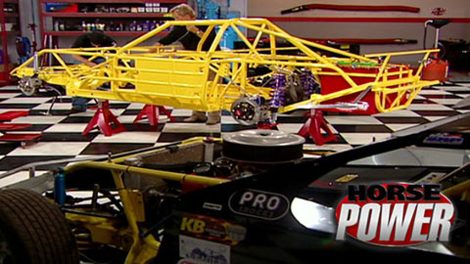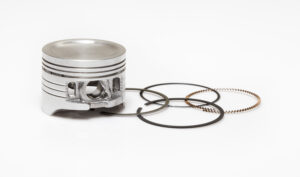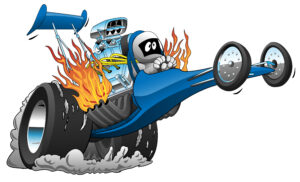HorsePower Builds
Want more content like this?
Join the PowerNation Email NewsletterParts Used In This Episode
Bilstein
Rear shocks with a nine inch stroke, and front shocks with a seven inch stroke.
Crane Cams
Aeroquip Starlite fuel line hose.
G-Tech
Mearsure real-time HP, Torque, 60-ft time, RPM & Shiftlight, Handling Gs, record up to 30 runs -- RR model allows downloading runs to PC.
Hans
HANS Device-safety equipment that restrains your head and neck during impact, and moves w/your body to prevent/reduce injury.
Speedway Motors
MCA modified chassis build-up: includes all the mounting tabs, upper and lower control arm mounts, jack bolt locations, motor mount brackets, driveshaft loop, cage for fuel cell, and yellow powder coating.
Speedway Motors
31-spline axle, axle birdcages, caliper bracket, panhard bar, pole bar, 90/10 shocks, coil-over kit, racing fuel cell, front/rear pre-bent brake lines, upper/lower control arms, spindles, brake calipers, rotors, springs, weight jack plates, steering box, steering links, outer tie rod end, adjustment tube, two-to-one steering quickener, body sheetmetal, collapsible steering column, 15-disk aluminum steering wheel, tri-master cylinder pedal assembly, brake balance bar and bias adjuster, Ford full































